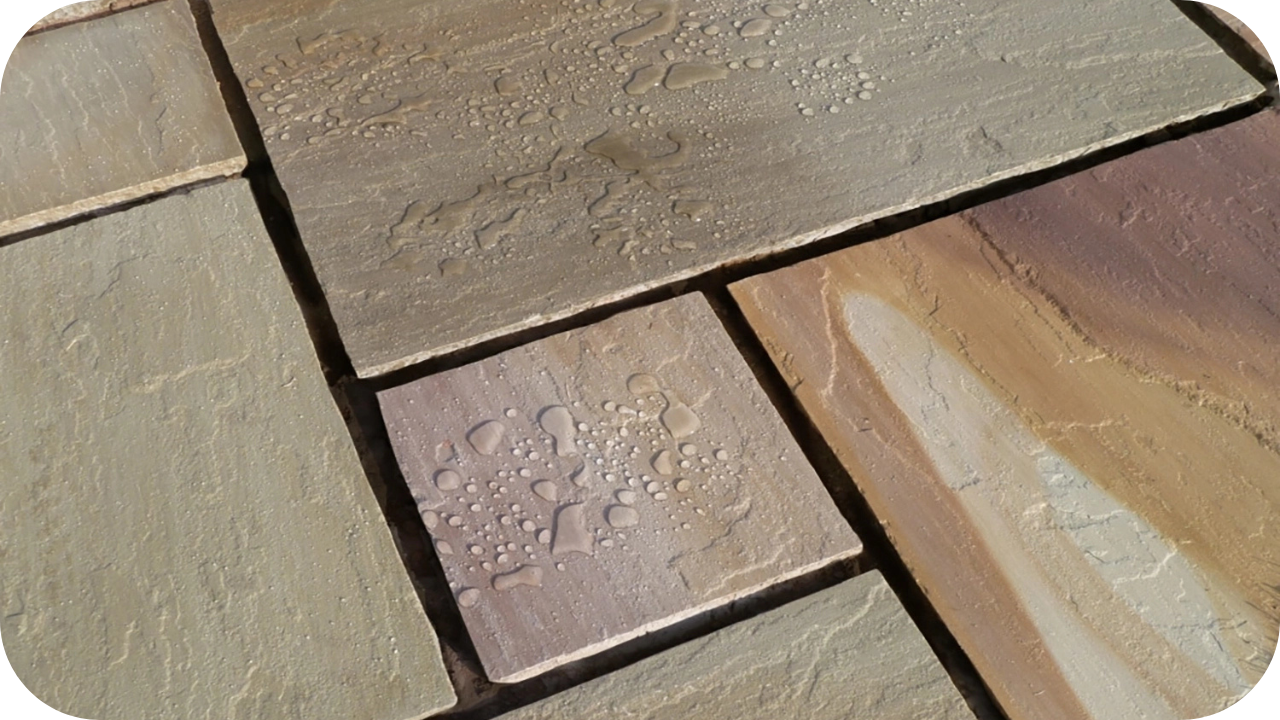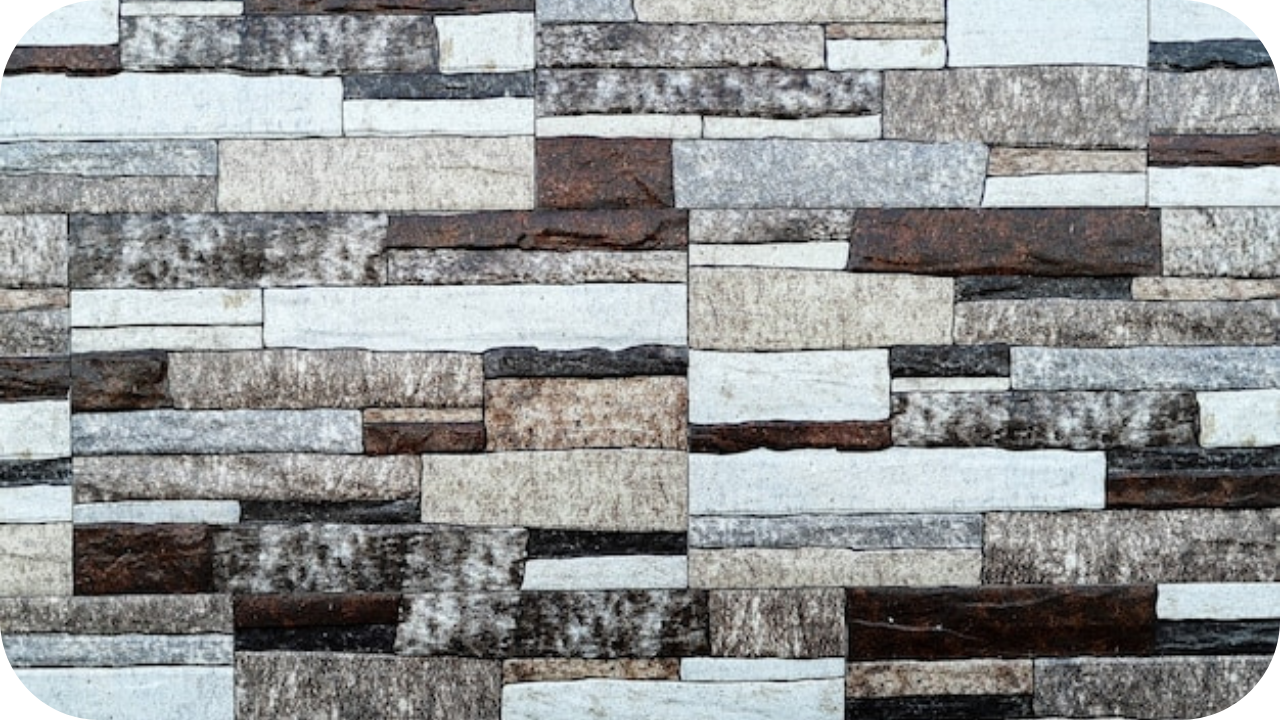
Are you struggling to maintain the beauty of your stone surfaces?
Stains, scratches, and dullness can diminish the allure of your stone, leaving you frustrated.
Dive into our comprehensive Stone Care Guide, where we provide expert tips for preserving and enhancing the elegance of every popular stone type, ensuring your surfaces shine like new.
Understanding Different Types of Stone
Understanding the distinctions between various types of stone is crucial for effective care and maintenance.
Natural Stones:
- Marble: Known for its elegance, marble boasts unique veining patterns and a luxurious appearance. However, it is susceptible to etching from acidic substances.
- Granite: Renowned for its durability and resistance to scratches and heat, granite is a popular choice for flooring.
- Limestone: Featuring natural beauty with soft, earthy tones, limestone is prone to staining and requires regular sealing to maintain its integrity.
- Travertine: Exhibiting a rustic appeal with natural pits and voids, travertine is susceptible to scratching and requires periodic filling and sealing.
Engineered Stones: Quartz
Engineered quartz combines natural quartz crystals with resins and pigments, resulting in a non-porous surface that is highly resistant to staining and scratching.
Unlike natural stones, engineered stones offer consistent color and pattern options, making them easier to match for larger projects.
Engineered stones require minimal maintenance, as they do not require sealing like natural stones do.
General Stone Care Tips
- Regular Cleaning Routine: Regular cleaning is essential to prevent dirt buildup and staining on stone surfaces. Use a soft cloth or mop with a pH-neutral cleaner formulated for natural stone. Avoid acidic cleaners that can etch the surface.
- Preventing Damage:To prevent scratches and chips, use coasters under beverages and protective pads under furniture legs. Place mats at entrances to trap dirt and grit that can scratch the stone.
- Sealing and Protecting: Sealing natural stone surfaces enhances durability and stain resistance. Follow manufacturer recommendations for sealing schedules and use high-quality sealants suitable for your stone type.
- Avoiding Harsh Chemicals: Avoid using acidic or abrasive cleaners that can damage stone surfaces. Instead, opt for gentle, non-abrasive cleaners specifically designed for stone care to maintain the integrity of your surfaces.
By following these general stone care tips, you can ensure the longevity and beauty of all your stone surfaces, regardless of type.
Stone-Specific Care Tips
Stone-Specific Care Tips:
Marble Care:
- Clean marble surfaces with a pH-neutral cleaner and a soft cloth to avoid scratching.
- Address etching and staining promptly with a marble-specific cleaner or a poultice made of baking soda and water.
- Avoid acidic substances like vinegar and lemon juice to prevent etching on marble surfaces.
Granite Care:
- Clean granite surfaces with warm water and mild dish soap using a soft cloth or sponge.
- Prevent damage by using cutting boards and hot pads to avoid scratching and heat damage.
- Seal granite surfaces annually to maintain their resistance to stains and spills.
Limestone and Travertine Care:
- Seal limestone and travertine surfaces regularly to protect against staining and etching.
- Clean spills immediately with a pH-neutral cleaner to prevent absorption into the porous stone.
- Avoid abrasive cleaners or scrubbing tools that can scratch the surface of limestone and travertine.
Quartz Care:
- Clean quartz surfaces daily with a gentle dish soap and warm water using a soft cloth or sponge.
- Avoid abrasive cleaners and harsh chemicals that can dull or damage the surface of quartz.
- Wipe up spills promptly to prevent staining, although quartz is highly resistant to staining due to its non-porous nature
Following these stone-specific care tips ensures the longevity and beauty of your marble, granite, limestone, travertine, and quartz surfaces.
Advanced Care Techniques
Stain Removal:
- Employ targeted strategies for eliminating stubborn stains from stone surfaces, considering the type of stain and stone involved.
- For organic stains like food or wine on marble, create a poultice using a mixture of baking soda and water. For oil-based stains on granite, use a degreasing agent like acetone.
Polishing and Restoration:
- Restore the shine of dull or damaged stone surfaces through polishing techniques. Use diamond abrasives for honing and polishing to achieve a glossy finish.
- Decide between professional services and DIY methods for stone restoration. While professionals offer expertise and specialized equipment for complex restoration tasks, DIY methods like using commercial polishing powders or pads can be effective for minor imperfections.
By mastering these advanced care techniques, you can effectively address stubborn stains and restore the beauty of your stone surfaces, ensuring they retain their elegance and durability for years to come.
Seasonal Maintenance Tips
To keep your stone surfaces looking their best throughout the year, implement these seasonal maintenance tips:
| Season | Maintenance Tips |
| Spring | a) Thoroughly clean stone surfaces to remove winter debris. b) Inspect outdoor features for damage. |
| Summer | a) Protect surfaces from sun exposure. b) Regularly clean outdoor surfaces. |
| Fall | a) Apply fresh sealant to protect against moisture. b) Clear fallen leaves and debris. |
| Winter | a) Use non-corrosive deicers. b) Clear snow promptly. c) Consider covering outdoor features. |
By following these seasonal maintenance tips, you can ensure that your stone surfaces remain in optimal condition year-round, despite the changing environmental factors and weather conditions.
Preventing Damage
To safeguard your stone surfaces from damage, implement these essential practices:
- Using coasters, cutting boards, and trivets: Place coasters under beverage glasses and use cutting boards when preparing food to prevent scratches and etching on your stone surfaces. Utilize trivets or hot pads under hot pots and pans to protect the surface from heat damage.
- Avoiding acidic substances: Acidic substances like vinegar, lemon juice, and wine can etch and dull the surface of your stone. Avoid using them directly on stone surfaces.
- Handling spills promptly: Wipe up spills immediately to prevent them from seeping into the stone and causing staining or etching. Use a soft cloth or sponge and a pH-neutral cleaner to clean spills thoroughly without damaging the stone.
By adhering to these preventive measures, you can effectively minimize the risk of damage to your stone surfaces, ensuring they remain beautiful and pristine for years to come.
When to Call a Professional
While many stone care tasks can be handled effectively with DIY methods, there are certain scenarios where it’s best to enlist the help of a professional:
- Deep scratches: Deep scratches that penetrate the surface of the stone may require professional expertise to repair properly. Attempting DIY methods could worsen the damage and result in costly repairs.
- Major stains: Stubborn stains that resist conventional cleaning methods may require professional treatment. Professionals have access to specialized equipment and products to effectively remove tough stains without damaging the stone.
- Restoration: If your stone surfaces have suffered significant damage or deterioration over time, such as severe etching, chipping, or dullness, it’s advisable to seek professional restoration services. Professionals have the knowledge and skills to restore your stone surfaces to their original beauty safely and effectively.
Conclusion
Preserve the allure of your stone surfaces by following our comprehensive care guide.
From regular cleaning routines to knowing when to call a professional, every tip is crucial.
Implement these techniques today to ensure your stone surfaces remain timeless and elegant for years to come.
Your beautiful stone deserves the best care.
More To Explore

How to Tell If Stone Is Porous or Not
When selecting stone for your home or project, knowing whether it’s porous can make a huge difference. Porosity affects how your stone absorbs water, stains,

Split Face Stone: What It Is and When to Use It
Looking for a unique, durable material to elevate your next project? Split face stone might be the perfect choice. Known for its textured finish and


